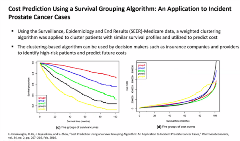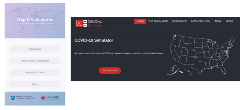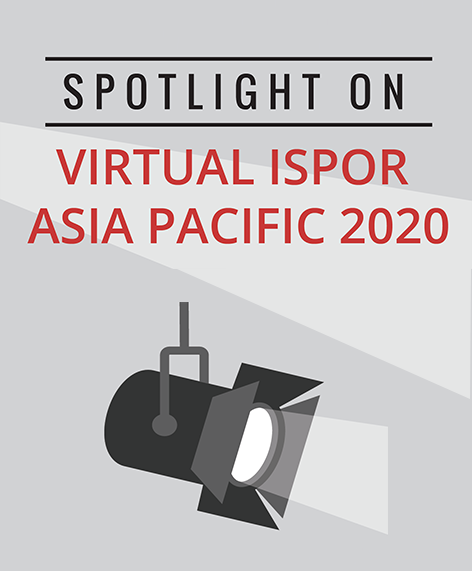Machine Learning: What’s on the Horizon for HEOR?
Cate Bailey, PhD, MApSci, BA, Monash University, Melbourne, Australia; Ingrid Cox, MD, MSc, Dip, University of Tasmania, Hobart, Australia
Ever wondered what machine learning is and how it might be applied to health economics and outcomes research (HEOR)? This informative workshop presented a technical overview of machine learning techniques, examples of machine learning conducted in healthcare and relevant to health economics, and some potential uses for machine learning moving forward. [Figure 1]
Technical Aspect of Machine Learning
Turgay Ayer, PhD, Industrial and Systems Engineer, Georgia Institute of Technology, Atlanta, GA, USA, opened this session with a technical explanation of machine learning. He outlined the differences between machine learning (designed to be used on future data) and statistical modeling (typically focused on associations in existing data). Dr Ayer then described how training error and r-squared interact, such that machine learning models need to be sufficiently complex but only to the point where the test error starts to rise. Two approaches to validation were presented and commonly used machine learning approaches were demonstrated, including linear regression, logistic regression, support vector machines, decision tree models, neural networks, random forests, and boosted trees.
“We haven’t seen the impact of machine learning in the healthcare space yet, but there is a general consensus that we are already seeing some early applications and the impact is expected to be higher going forward.
—Turgay Ayer, PhD
How has Machine Learning been Used in HEOR?
The second presenter, Selin Merdan, PhD, Value Analytics Labs, Boston, MA, USA, presented 5 real-world examples of machine learning applied to HEOR. Her first example focused on risk prediction models using genetic and clinical features of a disease, in this case diffuse B cell lymphoma. This risk prediction model stratified patients in high- and low-risk groups and created individual risk profiles based on clinical and genetic profiles features that allowed more rational clinical decisions relating to treatment. Another area explored was cost prediction, which is useful to insurance companies and providers. In this example, a cluster-based algorithm using survival profiles of patients from Medicare data was used to predict future costs for prostate cancer [Figure 2].
Figure 2. Cost prediction using machine learning.

What’s on the Horizon
Jag Chhatwal, PhD, Institute for Technology Assessment, Massachusetts General Hospital, Harvard Medical School, Boston, MA, USA, provided his perspective on future horizons and how machine learning can contribute to the field of HEOR. One of his areas of interest was data currently being collected from smartphone and smartwatch applications, which provide a wealth of information that can be used to track and monitor disease conditions to improve outcomes. One such example is the Apple watch’s ECG app, which monitors atrial fibrillation.
“This would change the way that we evaluate different healthcare interventions and knowing how app monitoring intersects with traditional methods like screening.”
—Jag Chhatwal, PhD
He concluded that cost-effectiveness evaluations comparing use of these devices to current methods of screening and patient follow up to monitor diseases would be the key to moving forward in this direction.
Models in HEOR can be complex. Dr Chhatwal further elucidated how machine learning meta-models can contribute to simplifying current complex models used in cost-effectiveness analyses and disease simulation models. He illustrated this with 2 applications that have recently been developed to predict the cost-effectiveness of hepatitis C interventions and the COVID microsimulation model to assist with policy decisions related to the virus [Figure 3].
Figure 3. Examples of meta-models in HEOR practice.

Big Data Brings Big Changes
“Big data” is becoming more available and may provide health economists with new ways of working. Expectations from payers may be a key driver of the use of big data and developing machine learning applications. While machine learning may be instruments for processing big data, the influence of this new analysis techniques is yet to be determined in HEOR space. It will be exciting to see how health economists use machine learning in the future.


